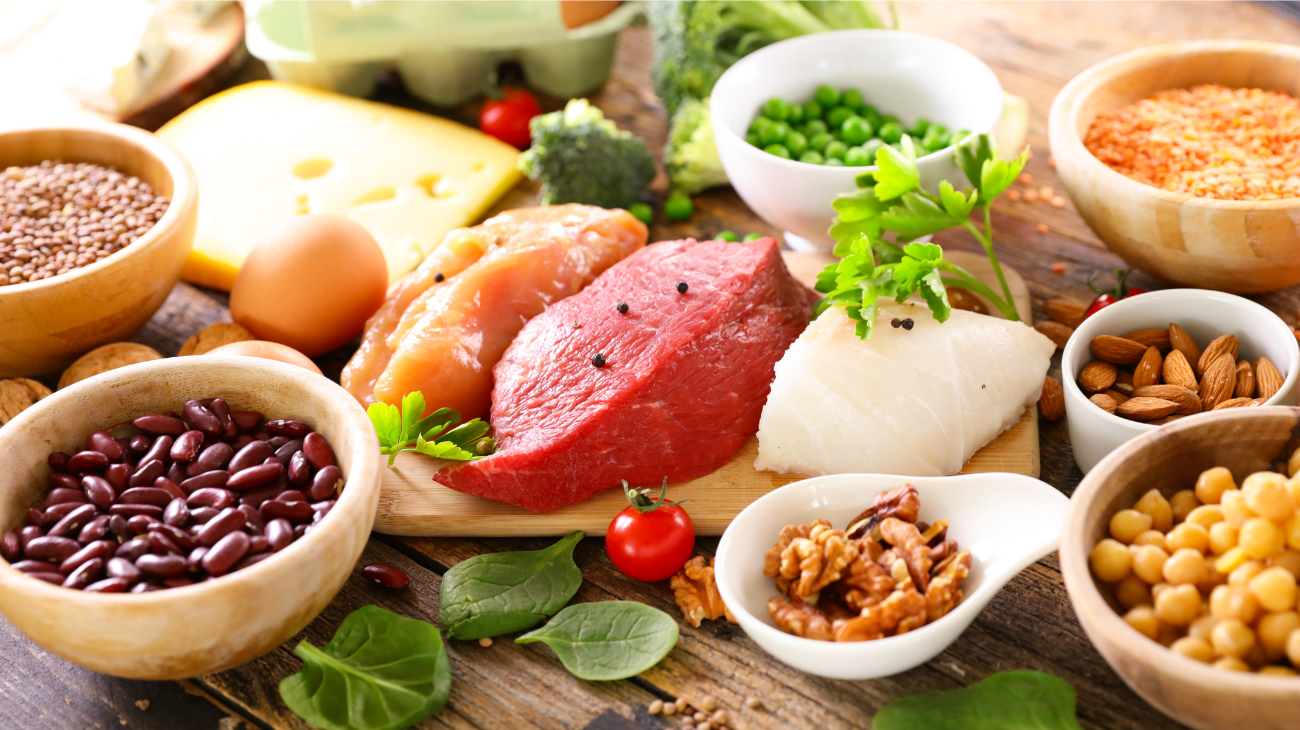We all agree: many people like meat. And we equally agree that intensive livestock farming brings CO2, fine dust and soil pollution. The solution?
Meat consumption and protein
To reduce meat consumption, it is necessary to look for protein elsewhere.
The equation would show the reduction of intensive livestock farming and all related problems.
Instead of eating meat several times a week, would you like to enjoy a nice piece of quality flab once in a while? Imagine the taste that steak or roast chicken would have! Ancestral, atavistic, almost thought-provoking.
According to the FAO the production of meat and other meat products accounts for about 15 per cent of all global anthropogenic emissions, while livestock farming causes 40 per cent of deforestation.
It should be made clear that we are talking about the various types of meat (beef, pork, etc.) and not just red meat.
Since 1960, while the population has increased by 167%, meat consumption has increased by 414% (from 70 to 360 million kg).
Synthetic meat
Now, just off the top of my head, as an Italian and a lover of good food, the idea of synthetic meat doesn’t really appeal to me.
If we are then to think that synthetic meat can replace animal meat, as a partial remedy to deforestation and global warming, we are all already doomed, because a change in the attitude of today’s adults is a long way off and, even more so, so is a conceivable legislative clampdown on the consumption of synthetic meat in a coercive manner.
The switch from the barbaric consumption to the sporadic tasting of farmed meat, let alone the switch from the latter to lab-grown meat, seems very complicated.
Alternatives to meat
So what are the possible ways to curb the expansion of ‘intensive’ meat? The main substitutes are:
- pulses
- seitan
- meat vegetable
- meat synthetic
- organic meat
- insects
Beyond various openings, policies and otherwise, towards some of these alternative foods, some of which have yet to be tested in terms of side effects and possible allergies, the apotheosis would already be to arrive at a balance composed of a substantial amount of legumes combined with a limited amount of meat, perhaps organic, which is much healthier than that coming from animals reared on GMO feed.
However, according to research by Bloomberg, by 2030 the plant protein segment will account for 7.7 per cent of the protein food market.
Here too, as in other aspects of sustainability, we have to rely on the common sense and new habits of the coming generations, and learn from them so that we can, in our own small way, make a contribution and remedy the mistakes of the past.
It seems obvious, but being sustainable is, first and foremost, a cultural and educational issue.
To be fair, there has already been a drop in the number of kilograms of meat per capita in Italy in recent years, but let us bear in mind that the world population will increase with repercussions on the entire ecosystem, including our own.
So, meat or legumes?
Play for the planet!
